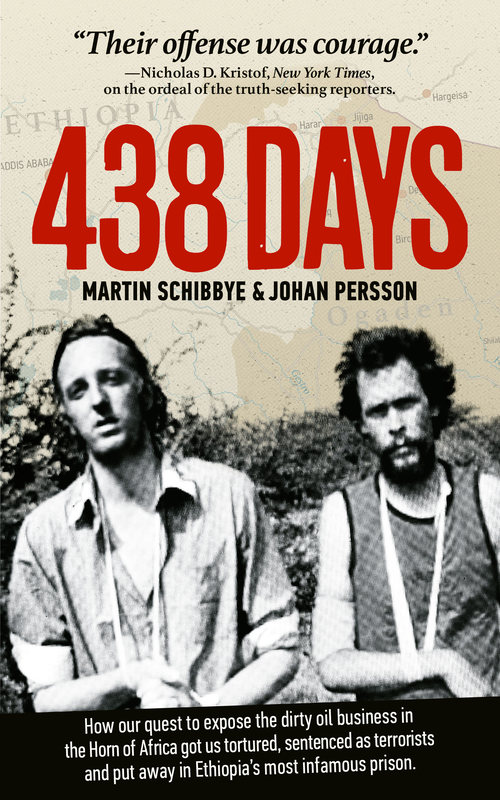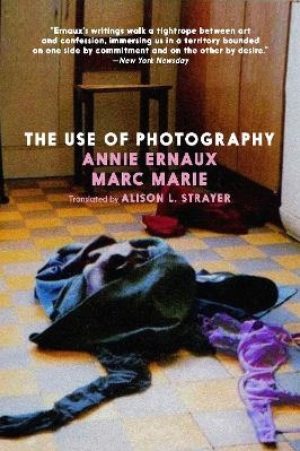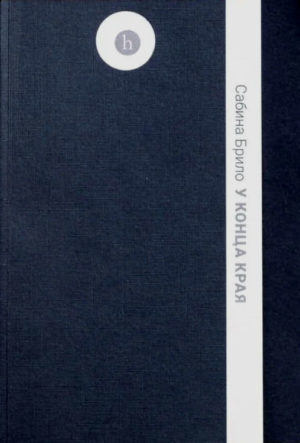
438 days : how our quest to expose the dirty oil business in the Horn of Africa got us tortured, sentenced as terrorists and put away in Ethiopia’s most infamous prison
Kategorier: Biografier och litteraturvetenskap Biografier, sanna berättelser, essäer etc. Politik och statsskick Reportage och samlingar av journalistiska texter Samhälle och samhällsvetenskap Sanna berättelser Sanna berättelser: hjältemod och överlevnad Statsskick och politiska processer Statsskick: diktatur
438 days : how our quest to expose the dirty oil business in the Horn of Africa got us tortured, sentenced as terrorists and put away in Ethiopia’s most infamous prison
Kategorier: Biografier och litteraturvetenskap Biografier, sanna berättelser, essäer etc. Politik och statsskick Reportage och samlingar av journalistiska texter Samhälle och samhällsvetenskap Sanna berättelser Sanna berättelser: hjältemod och överlevnad Statsskick och politiska processer Statsskick: diktatur




